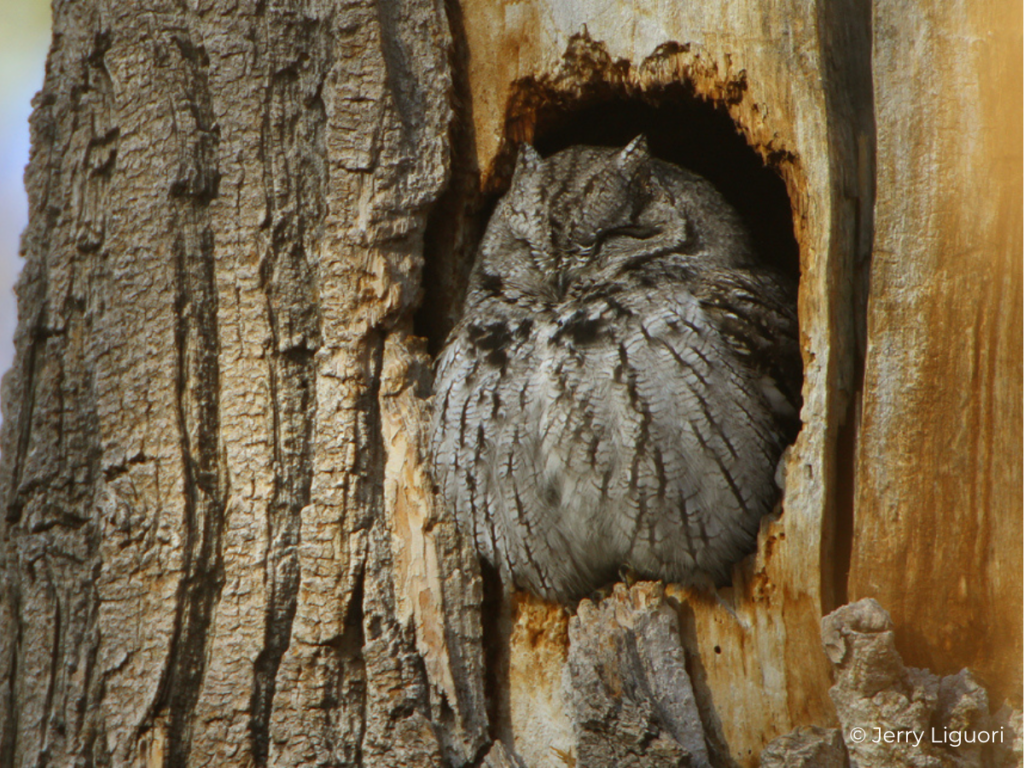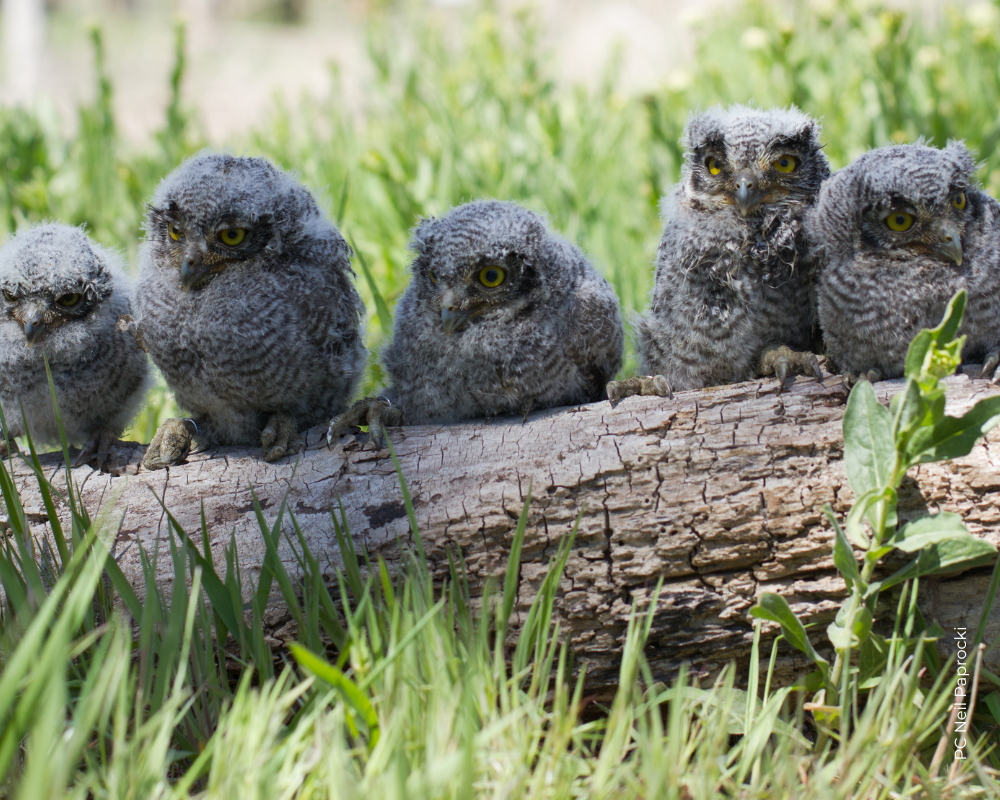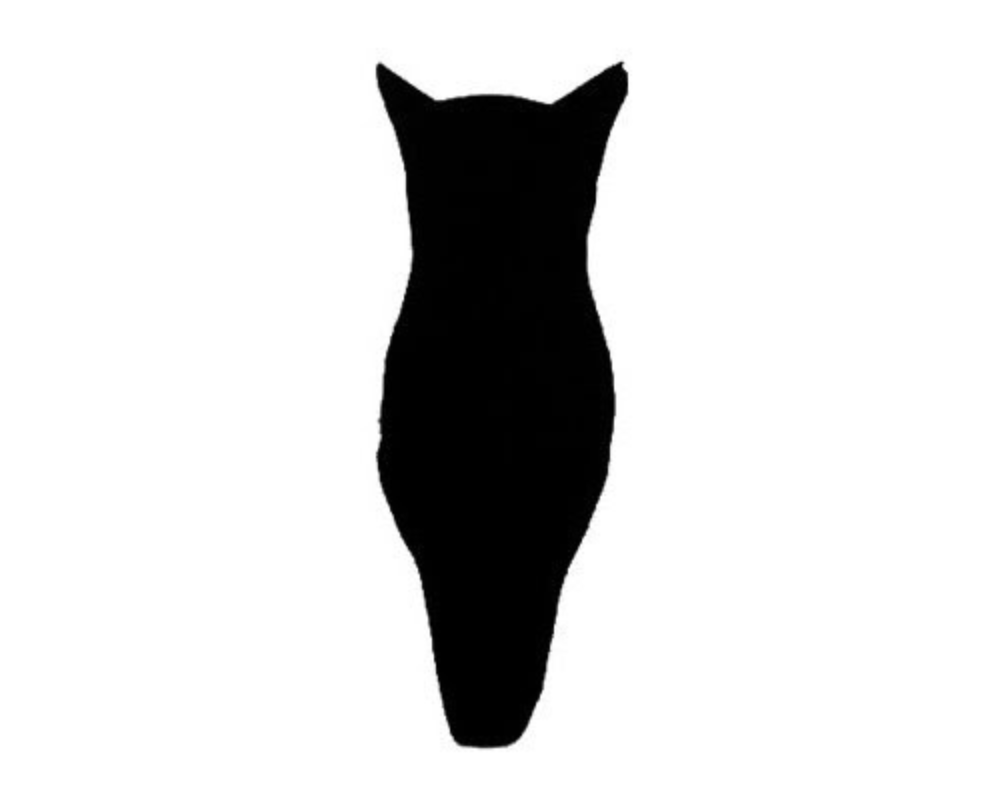Overview
The Western Screech-owl is a small, nocturnal owl. Until recently, it was considered the same species as the Eastern Screech-owl. Western Screech-owl and the gray-morph of the Eastern Screech-owl are nearly identical in appearance (the red-morph Eastern Screech-owl differs in color). The best way to tell the two species apart besides location is the thicker streaks on the chest and paler bill of Eastern Screech-owl. Whiskered Screech-owl is also very similar to Western Screech-owl, but Whiskered has darker orange eyes and a yellowish bill. Western Screech-owl is plump in stature and slightly larger than an American Robin. They are quite common, but because they are secretive and well-camouflaged, they are not often seen. Western Screech-owls are difficult to find but are sometimes given away by scolding songbirds.
Western Screech-owls reside in open forests (typically at lower elevations) of the western United States, westernmost Canada, and south to Central America. Besides open forests, they are also found in and suburban parks, golf courses, and residential areas. They nest in tree cavities (made by other birds, i.e. woodpeckers), man-made nest boxes, or other cavities. Like most owls, they do not add nesting material to the nest. Western Screech-owl hunt by sitting and waiting for prey, such as mice, to come into view. They also eat small birds, worms, small snakes, insects (including catching flying insects), and other small animals. Western Screech-owls may migrate short distances, but many stay on the territory year-round. When mating, they make a steady trill followed by a bouncing trill or a series of whistled hoots. When agitated, they make a dog-like bark.




